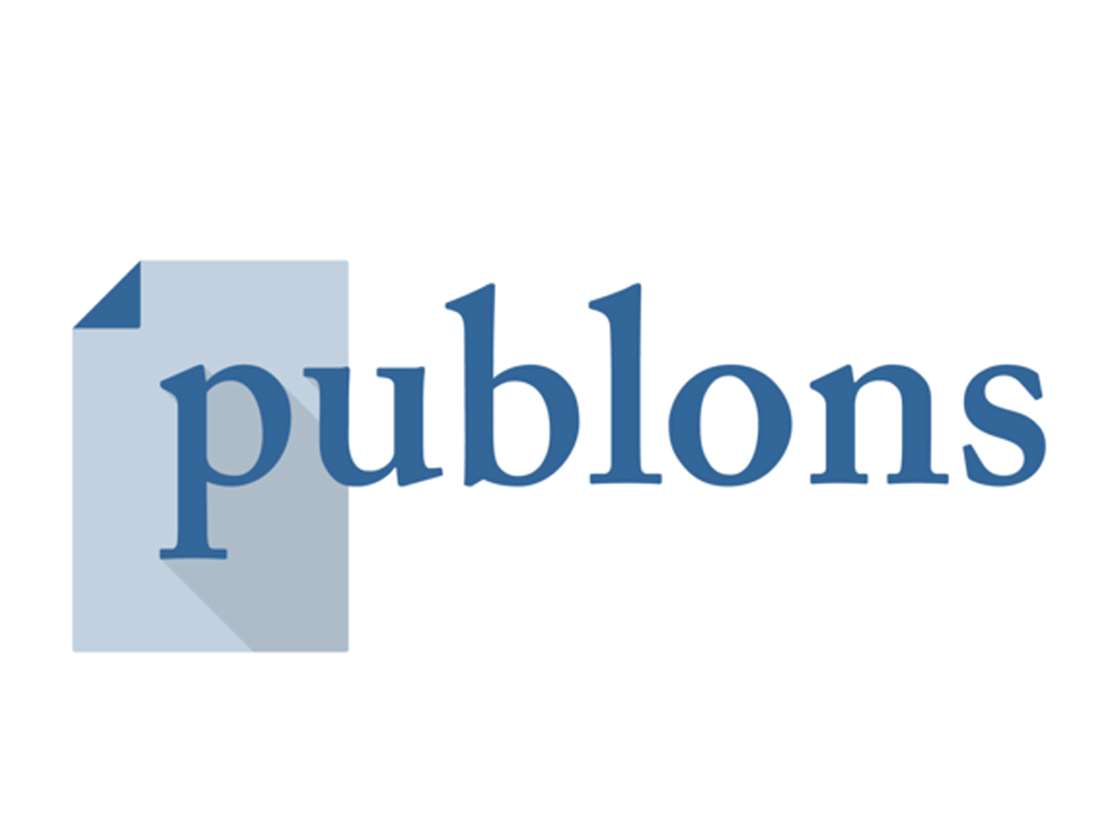Pandora's Box in Mappalili: Exploring Environmental Rhetoric and Cultural Communication in the Bugis Community
DOI:
https://doi.org/10.21512/humaniora.v15i2.12350Keywords:
Pandora’s box, Mappalili ritual, environmental rhetoric, cultural communication, Bugis communityAbstract
The Mappalili ritual, held before planting, is believed to help maintain ecological balance. While past studies have emphasized its cultural significance, the research shifts the focus toward environmental conservation and the role of the Bissu as communicators of environmental values through tradition. The research explored relationship between the concept of Pandora’s box and Mappalili within the framework of environmental rhetoric and cultural communication in the Bugis community, specifically in Segeri District, Pangkajene and Kepulauan Regency, South Sulawesi. The research was guided by three indicators: community awareness and participation, coordination and communication, and cultural values, using environmental rhetoric analysis. The qualitative approach included in-depth interviews with Bissu leaders and participant observation during Mappalili. The data were analyzed through environmental rhetoric theory to capture how symbolism and cultural practices contributed to ecological balance. Findings reveal that Mappalili serves as an effective tool for environmental communication, with the ritual’s symbols and values fostering harmony between humans and nature. The Bissu, as the leader, imparts ecological principles to the community, including natural farming practices that preserve soil health and minimize ecosystem harm. Disruptions or improper performance of the ritual potentially lead to negative environmental impacts, akin to opening a Pandora’s box that destabilizes the ecosystem. The research underscores the significance of preserving Mappalili as an essential environmental communication strategy, demonstrating that cultural continuity supports ecosystem sustainability. Additionally, the enduring role of the Bissu as cultural symbols in South Sulawesi reflects a deeply rooted environmental knowledge integral to this tradition.
Plum Analytics
References
Andersen, I. V. (2023). Provocative greenness and staged rebellion: Youth’s rhetorical performances of environmental citizenship. Res Rhetorica, 10(2), 134-153. https://doi.org/10.29107/rr2023.2.8.
Azis, S. A. (2023). Ancient local culture of the Buginese and Islam: Phenomenological analysis of the acculturation of Islam and the Bissu tradition. European Journal for Philosophy of Religion, 15(3), 363-375.
Bullitt-Jonas, M. (2022). Spiritual practice and sacred activism in a climate emergency. Buddhist-Christian Studies, 42, 69-83. https://doi.org/10.1353/bcs.2022.0003.
Dahl, B., Johannessen, A., & Bondas, T. (2023). Opening Pandora’s box: A meta-ethnography about alcohol use in pregnancy from midwives’ and other healthcare providers’ perspectives. European Journal of Midwifery, 7, 1-17. https://doi.org/10.18332/ejm/166189.
Endres, D. (2019). Environmental criticism. Western Journal of Communication, 84(3), 314-331. https://doi.org/10.1080/10570314.2019.1689288.
Gottlieb, R., & Gottlieb, R. (2003). This sacred earth: Religion, nature, environment. Routledge.
Hasriani, A. (2018). Spirituality Bissu Bugis Community District Pangkep South Sulawesi. Journal of Research and Multidisciplinary, 1(1), 11-17.
Hasyim, H., & Muda, I. (2019). Effects of local wisdom in the form of planting prayer in the regional development on rice paddy farmers revenue in Indonesia. International Journal of Scientific & Technology Research, 8(6), 90-98.
Jaiswal, S. S. (2023). Kama Sutra, a Pandora’s box of evils. Indian Journal of Social Science and Literature, 3(2), 32-35.
Kanazawa, M. (2017). Research methods for environmental studies: A social science approach. Routledge. https://doi.org/10.4324/9781315563671.
Ojedele-Adejumo, T. (2023). Folkloric tradition as an epistemology of environmental justice. In SIGDOC '23: Proceedings of the 41st ACM International Conference on Design of Communication (pp. 49-54). Association for Computing Machinery. https://doi.org/10.1145/3615335.3623010.
Pattinama, A.J., Mawara, J. E. T., & Mamosey, W. E. (2020). Eksistensi komunitas Bissu pada masyarakat Desa Bontomatene Kecamatan Segeri Kabupaten Pangkajene Kepulauan Sulawesi Selatan. Holistik: Journal of Social and Cultural Anthropology, 13(4), 1-17.
Primayanti, N. W., & Puspita, V. (2022). Local wisdom narrative in environmental campaign. Cogent Arts & Humanities, 9(1). https://doi.org/10.1080/23311983.2022.2090062.
Rahmad, A., & Winata, S. (2020). Farmers and Mappalili traditions in Barru: An analysis of local wisdom. International Journal Social Sciences and Education, 1(1), 54-65.
Senda-Cook, S., Endres, D., Sowards, S. K., & McGreavy, B. (2023). Engaging complex temporalities in environmental rhetoric. Frontiers in Communication, 8, 1-12. https://doi.org/10.3389/fcomm.2023.1176887.
Vandamme, F. (2023). Intelligence, AI, ChatGPT, Wisdom, Artificial Wisdom: AW: A box of Pandora? Communication & Cognition, 56(1-2), 59-100. https://doi.org/10.57028/C56-059-Z1039.
Waithiru, A. K. (2022). An evaluation of environmental symbolism used in children literature: Case study of Kijiji Cha Ukame and Mazingira Maridadi. East African Journal of Education Studies, 5(3), 1-10. https://doi.org/10.37284/eajes.5.3.846.
Downloads
Published
How to Cite
Issue
Section
License
Copyright (c) 2024 Amalia Zul Hilmi, Mariesa Giswandhani, Rahmita Saleh, Abdul Rahman Saade

This work is licensed under a Creative Commons Attribution-ShareAlike 4.0 International License.
Authors who publish with this journal agree to the following terms:
a. Authors retain copyright and grant the journal right of first publication with the work simultaneously licensed under a Creative Commons Attribution License - Share Alike that allows others to share the work with an acknowledgment of the work's authorship and initial publication in this journal.
b. Authors are able to enter into separate, additional contractual arrangements for the non-exclusive distribution of the journal's published version of the work (e.g., post it to an institutional repository or publish it in a book), with an acknowledgment of its initial publication in this journal.
c. Authors are permitted and encouraged to post their work online (e.g., in institutional repositories or on their website) prior to and during the submission process, as it can lead to productive exchanges, as well as earlier and greater citation of published work.
USER RIGHTS
All articles published Open Access will be immediately and permanently free for everyone to read and download. We are continuously working with our author communities to select the best choice of license options, currently being defined for this journal as follows: Creative Commons Attribution-Share Alike (CC BY-SA)
























